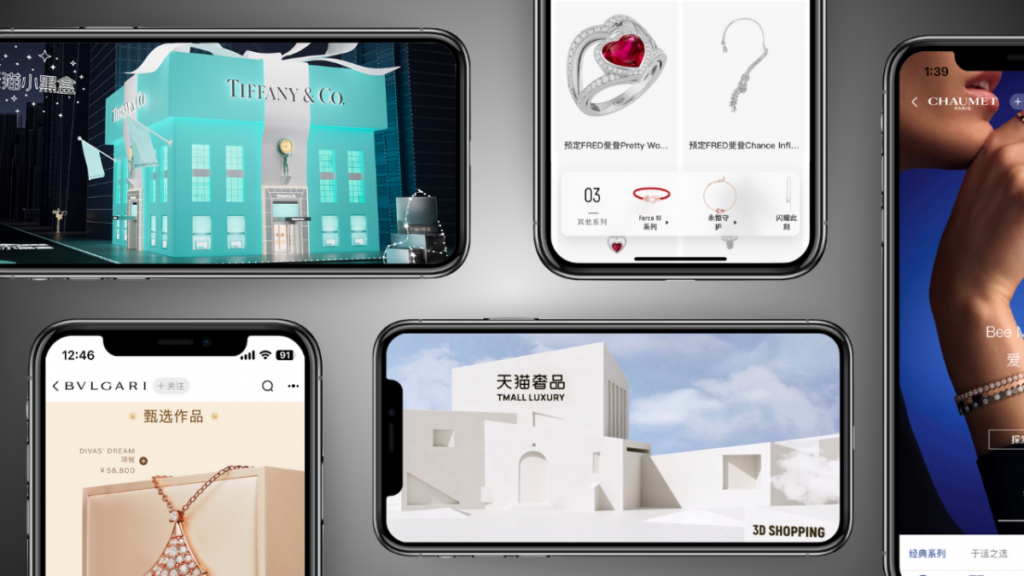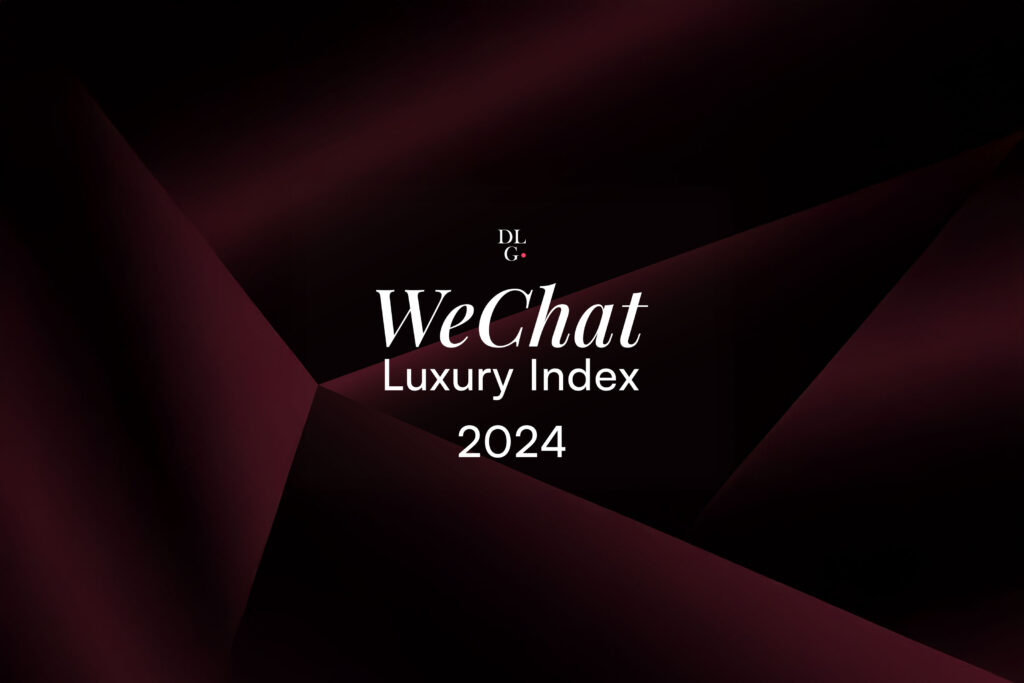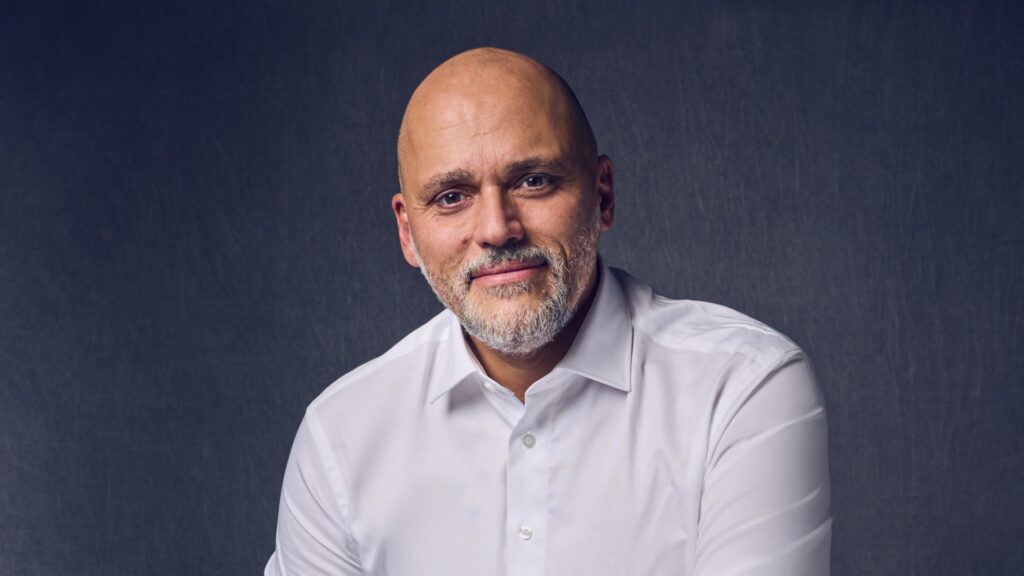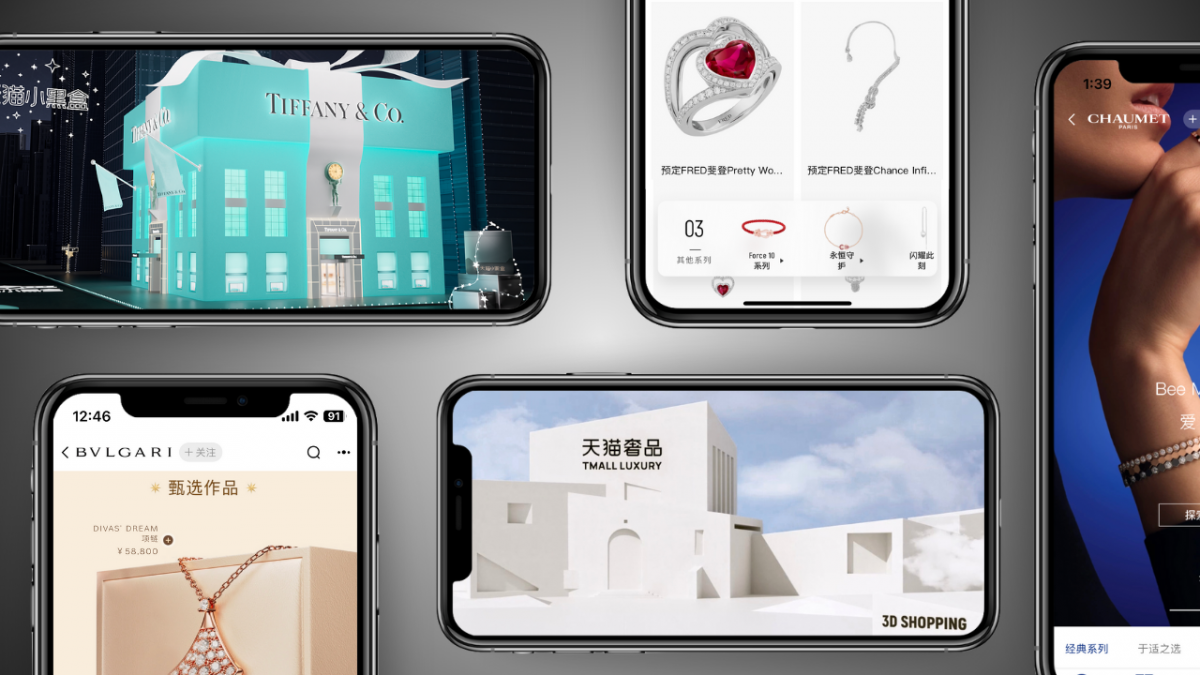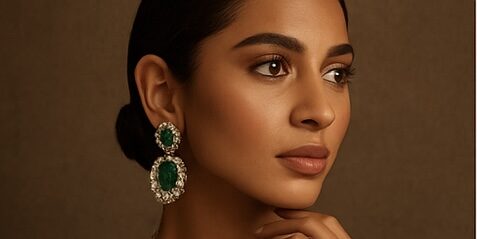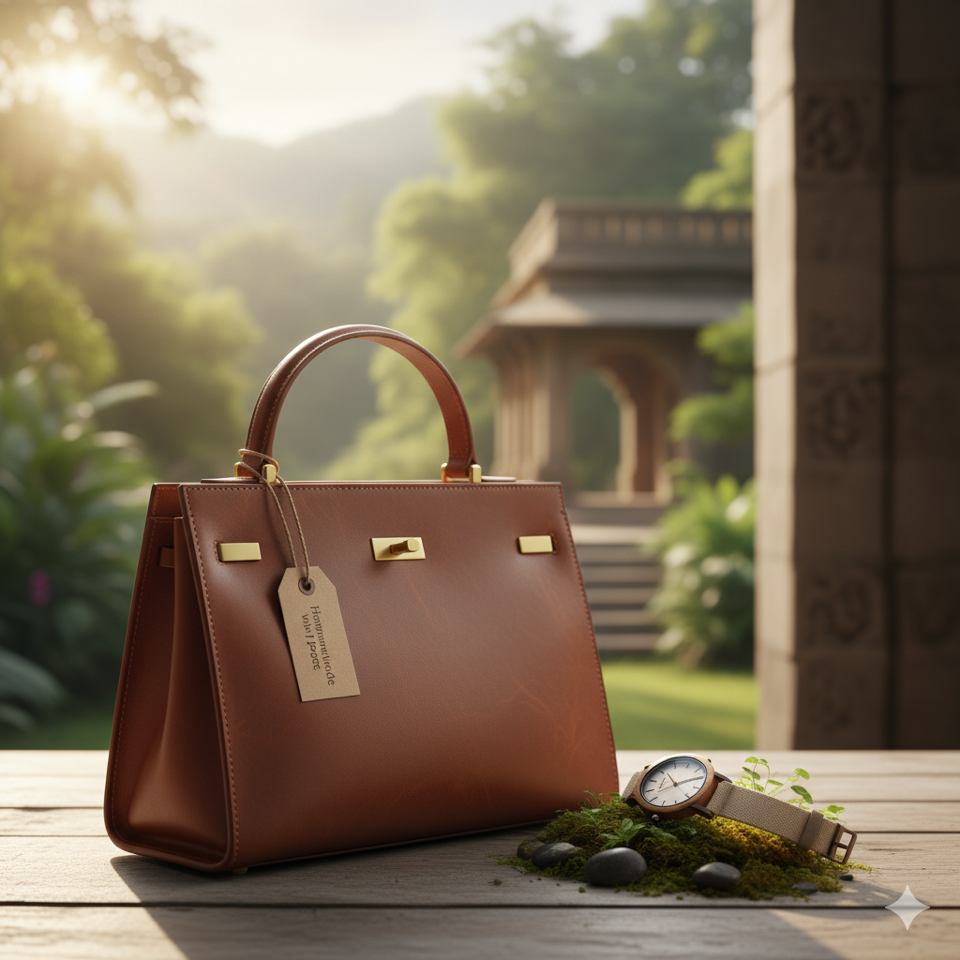Michel Gutsatz, a brand strategy expert at The Scriptorium Company, examines the tactics and ethos behind Mauboussin in order to build a critical case study for the branding of affordable luxury goods.


● 2009: A one-week sale of 500 limited-series diamond rings at 450 € each… using the free distribution press as a medium of communication.
Along with this low-price strategy, substantial investment was made (increase in the network of boutiques) and heavy investment in communications (17% of turnover, compared to Bulgari’s 11%).
The results are interesting: the turnover of the brand increased from 12.3 to 35 million Euros in 8 years. My model for analyzing progress in luxury brand turnover shows that Mauboussin is positioned as average (like Tiffany, to name another jeweller – but doing better that Hermès). Nothing exceptional. The rub is the profitability of the brand: after losses in 2007, Mauboussin announced a net profit of 1% in 2008 and is aiming for 5% in 2012. Jeweller brands on an average show net results of 10% to 15% (Bulgari 13.8% in 2007, Tiffany 11%). The financial results therefore are only the reflection of the “affordable luxury” policy of the brand: lower prices, lower margins than the sector, significant investment.
A strategy of “affordable luxury” only works if two conditions are met:
1. The volume should be sufficient – this is what the example of Coach (an example of an “accessible luxury” brand) teaches us, having grown from $ 500 million to over 3 billion in 10 years, with profitability that increased from 3% to 24%.
2. The brand image should elicit emotion, desire, a certain form of rarity persuading customers who discover it through its low-price range to “climb” towards the more expensive products in the collection. In this regard Cartier can be cited as an example: the brand was saved 30 years ago by the creation of the Must collections; after being discontinued they were re-launched last November. Luxury brands need an entry-level and a high-end collection. It is from the “tension” between the two that desire is born.
Mauboussin has still not achieved this. Alain Némarq should be careful not to lose the traditional affluent clientele of the brand (which provides Mauboussin a significant proportion of its turnover) that it will not find through its current aggressive advertising or the new uninspiring architecture of the boutiques or in its websites where there is no fantasy. Allow me to remind him of the etymology of the word “luxury”: derived from “luxus” – “that which does not grow straight”, “deviant” and also gives “luxuriant” and “lust”. To me the “deviant” here is not the brand but rather the consumer’s behaviour – which deviates from the “norm”. So we go back to our starting point: by definition all luxury consumers in the world – far from being “normal” people – are “deviants”.
Michel Gutsatz, Advisor, The Scriptorium Company

